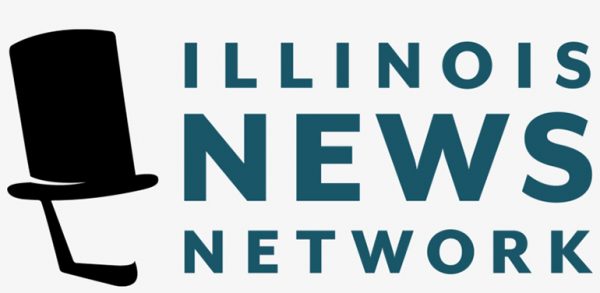Important change to Obamacare in the Covid-19 Stimulus Bill.
Important change to Obamacare in the Covid-19 Stimulus Bill The new Covid-19 […]
March 5-2018 – On Air Healthcare Reform Discussion, WGN 720 Radio & Mr. Health Insurance, Mark Gurda
Mark Gurda, President of Castle Group Health and author of the popular health […]
February 19, 2018 Expert doesn’t expect Illinois public sector health insurance costs to change until there’s near fiscal catastrophe
Expert doesn’t expect Illinois public sector health insurance costs to change until […]
October 16, 2017 Insurance expert says media misreported where healthcare subsidies were getting cut from
Insurance expert says media misreported where healthcare subsidies were getting cut from […]
October 16, 2017 – On Air Healthcare Reform Discussion, WGN 720 Radio & Mr. Health Insurance, Mark Gurda
President Trump to cut the health insurance subsidies Mark Gurda, President of […]
September 25, 2017 Illinois health insurance rates to increase double digits again next year
Illinois health insurance rates to increase double digits again next year Mark […]
September 14, 2017 Measuring the true cost of health insurance for 2018
Measuring the true cost of health insurance for 2018 Mark Gurda, President […]
August 1, 2017 Inaction on healthcare in DC will lead to less choice, higher premiums, in Illinois
Inaction on healthcare in DC will lead to less choice, higher premiums, […]
June 26, 2017 Senate Republicans Push for Vote on Health Care Bill
Mark Gurda, President of Castle Group Health and author of the popular health […]
June 21 2017 Healthcare status quo could mean less choice, more costs
Healthcare status quo could mean less choice, more costs Mark Gurda, President […]









